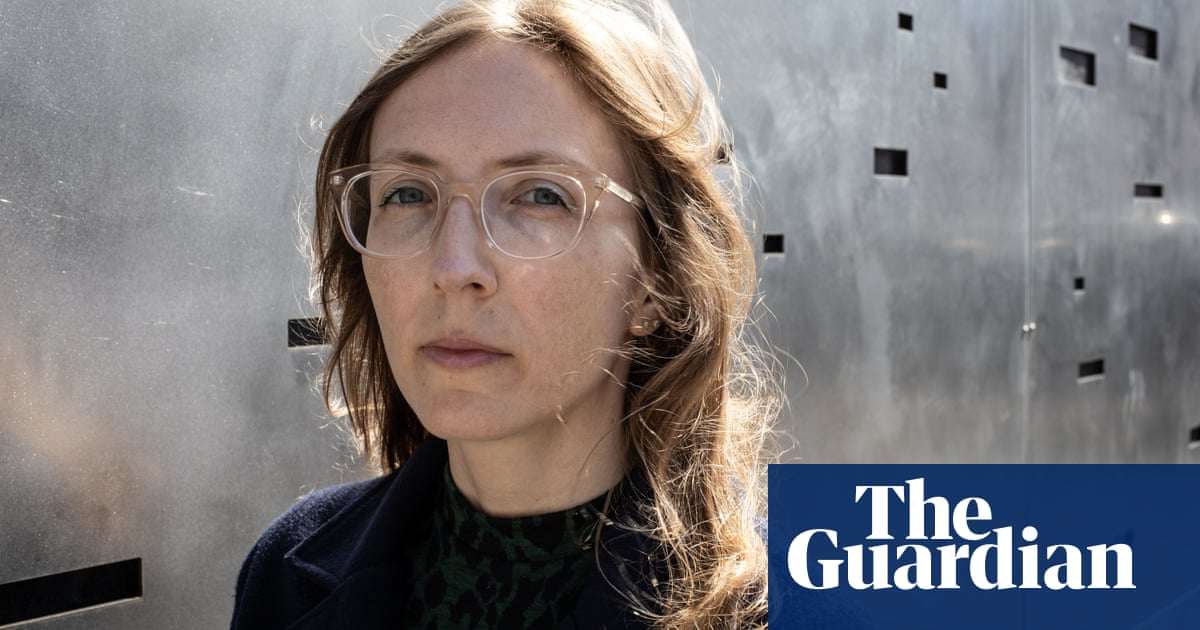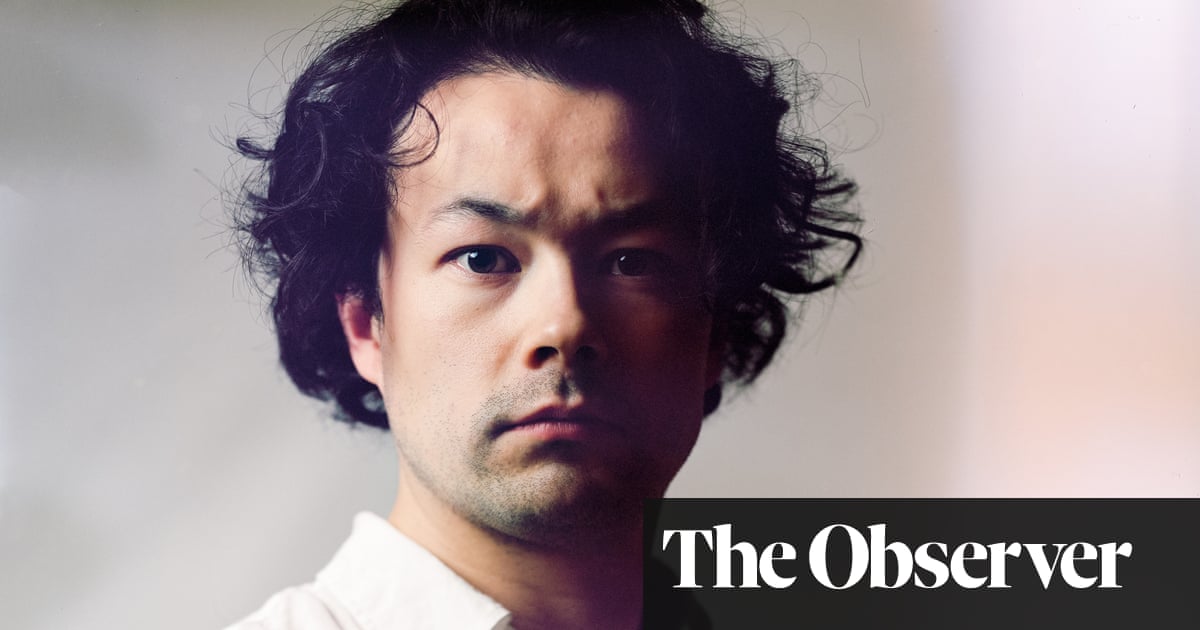
New York-based guitarist and composer Mary Halvorson doesn’t have time to hang about. When we speak she’s about to run out the door for a Saturday evening gig at John Zorn’s venue the Stone – and when that’s done she has to be up at 5am for a flight to Chicago for another show. The improvising jazz musician wouldn’t have it any other way. “Going through that period of Covid, I’m feeling very grateful that we are able to play music again and do shows,” she says from her home in Brooklyn. “It’s so gruelling, the travel that we do. We’re in a different city every day, and it’s exhausting. But I don’t even want to complain about it; I’m just grateful to be able to do it. It beats sitting in an office.”
Since bursting on to the creative music scene in 2002, Halvorson has proved one of the most thrilling guitar players of her generation. She’s played with the likes of Anthony Braxton, Ornette Coleman’s bassist Jamaaladeen Tacuma, Tom Waits’s guitarist Marc Ribot and members of Deerhoof and Xiu Xiu. She’s steeped in the jazz guitar tradition yet also versed in the disruptive nature of punk, no wave and noise music.
Her own oeuvre is equally uncontainable. Meltframe, her 2015 solo album of standards, warped the likes of Duke Ellington and Ornette Coleman into weird new shapes. Whether she’s playing in jazz ensembles, indie bands or noise improv, her tone is clean and crystalline, but liable to combust. With her latest, Cloudward, her writing reveals a newfound sense of beauty and clarity. “It signifies this period of optimism and moving forward,” she says. “But it’s also literal, like hey, we’re flying and travelling places again.” Tomeka Reid, cellist and longtime collaborator with Halvorson, says: “I feel like her personality really comes through on Cloudward … her sensitivity, generosity, care and her subtle humour.”
Halvorson started playing violin in second grade, but on hearing Jimi Hendrix for the first time she switched to guitar. She intended to study biology at Wesleyan University, but her muse kept beckoning to her. Thanks in part to two professors there, Anthony Braxton and experimental jazz guitarist Joe Morris, her focus reverted back to the guitar. “With both Joe and with Anthony, there was a lot of emphasis on exploring, taking risks, and finding your own voice,” she told one interviewer.
In the early 2000s, Halvorson landed on the New York new music scene, where adaptability was necessary to survive. She would take just about any gig: avant-indie band People, chamber-jazz with violist Jessica Pavone, performances with her old professor Braxton, not to mention leading her own groups. And no matter the band, her singular style stood out. Zorn once described her as “a brilliant soloist with a unique, often quirky approach and a beautiful guitar tone that reaches back to tradition”.
Yet it’s tradition with a sharp edge to it, as her solos can turn volatile and startling in a flash. “I’m an optimistic person by nature, but I’m always drawn towards darker music,” she says. Her playing and composing reflect that dichotomy.
In 2019, Halvorson was awarded a MacArthur Fellowship, popularly known as the “genius” grant, though soon the global pandemic brought life as a globetrotting player to a screeching halt. After her hectic touring life, Halvorson saw it as some much needed downtime and delved into all manner of new hobbies: practising yoga, studying tarot, learning how to make cocktails and watching basketball. “There was no real deadline or timeframe and that did feel different for me,” she told We Jazz Magazine about her life during the pandemic. She also began to write for her recently formed sextet, as well as a string quartet, which eventually yielded 2021’s ambitious Amaryllis and Belladonna albums. These twin albums were just as spiky and nervy as her previous works, but also offered moments of gentle beauty, like blooms in a cactus garden.
Cloudward represents yet another shift: “It’s the total opposite [of previous work] in terms of my headspace when I was writing it,” says Halvorson. “My tendency before was to overwrite. The biggest change I made consciously was to leave a lot more space and breath.” In the past, she might have augmented her group or formed a new band altogether, but she loved the sextet responsible for Amaryllis so much that she kept it intact. That continuity and stability is audible in Cloudward. The track Unscrolling moves at an unhurried pace, propelled by bowed bass and skilled cymbal work. And the elegant intertwining melodies of closer Ultramarine suggest an innate understanding of how her band works together.
You can hear the Mary Halvorson of the past and present collide on The Tower. Named after the card in the tarot deck, “it represents a time of upheaval, but it’s not a negative card. Sometimes everything has to blow up and then you start over.” The opening minute is scratchy and frantic, before the ballad emerges and the piece lifts to a calmer place. Looking back on the past four years, Halvorson sees that the piece and album as a whole reflect the chaos of the pandemic. “Music can be almost an escape from that. You can lose yourself in music for a minute. It’s healing for people,” she says, although she’s quick to clarify: “But being optimistic musically and being optimistic about the state of the world are totally different categories!”












